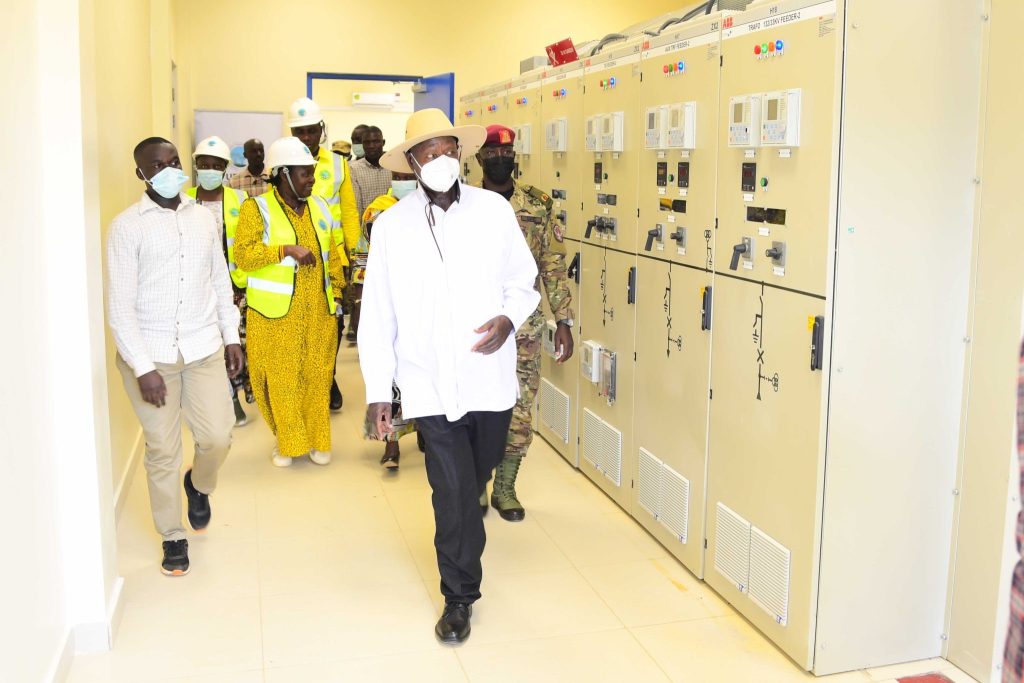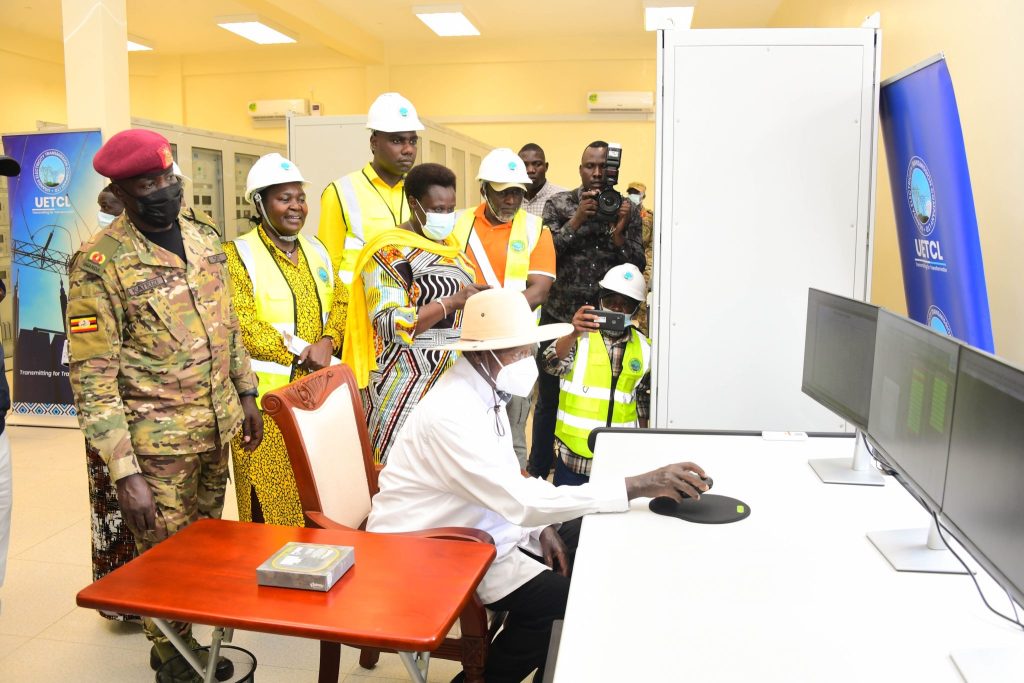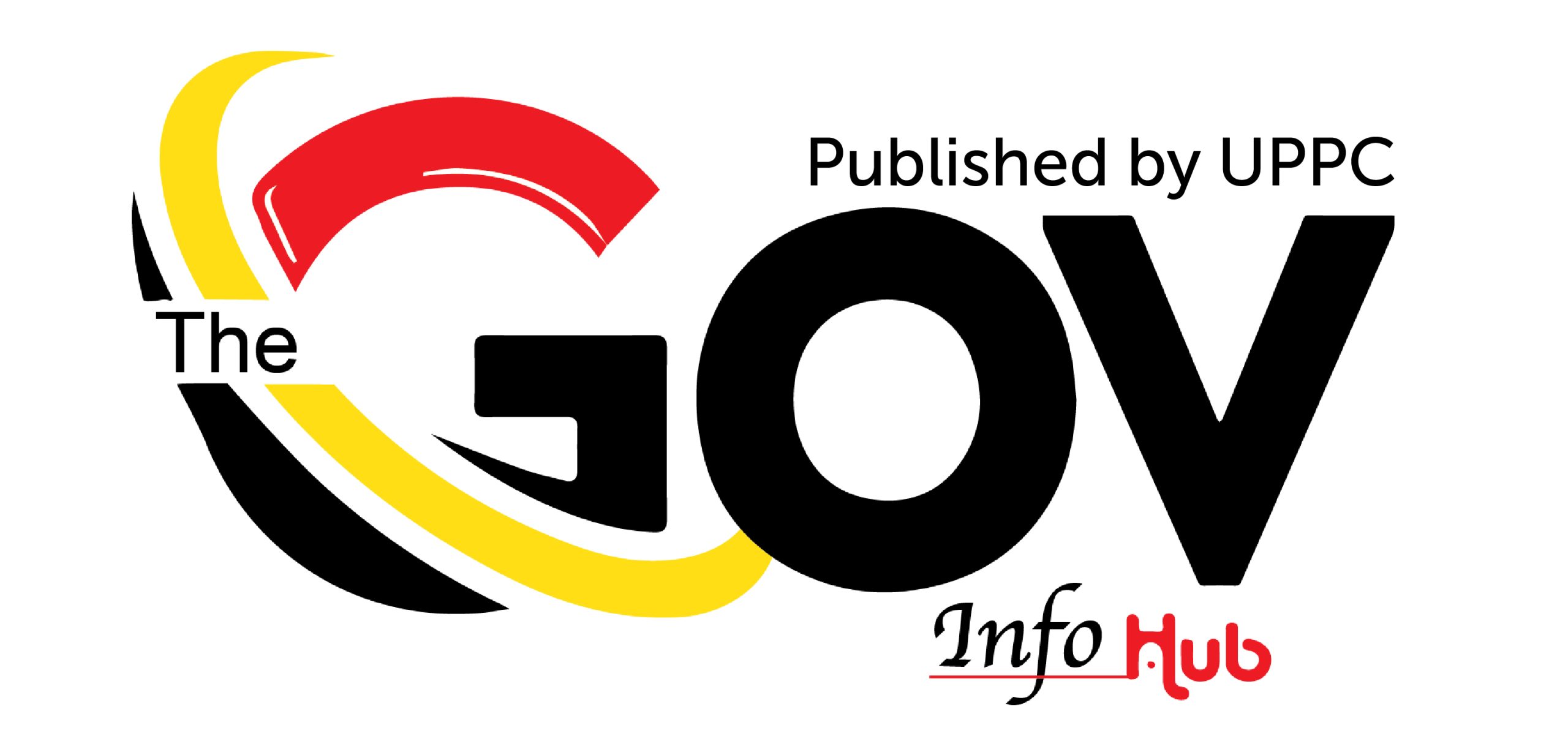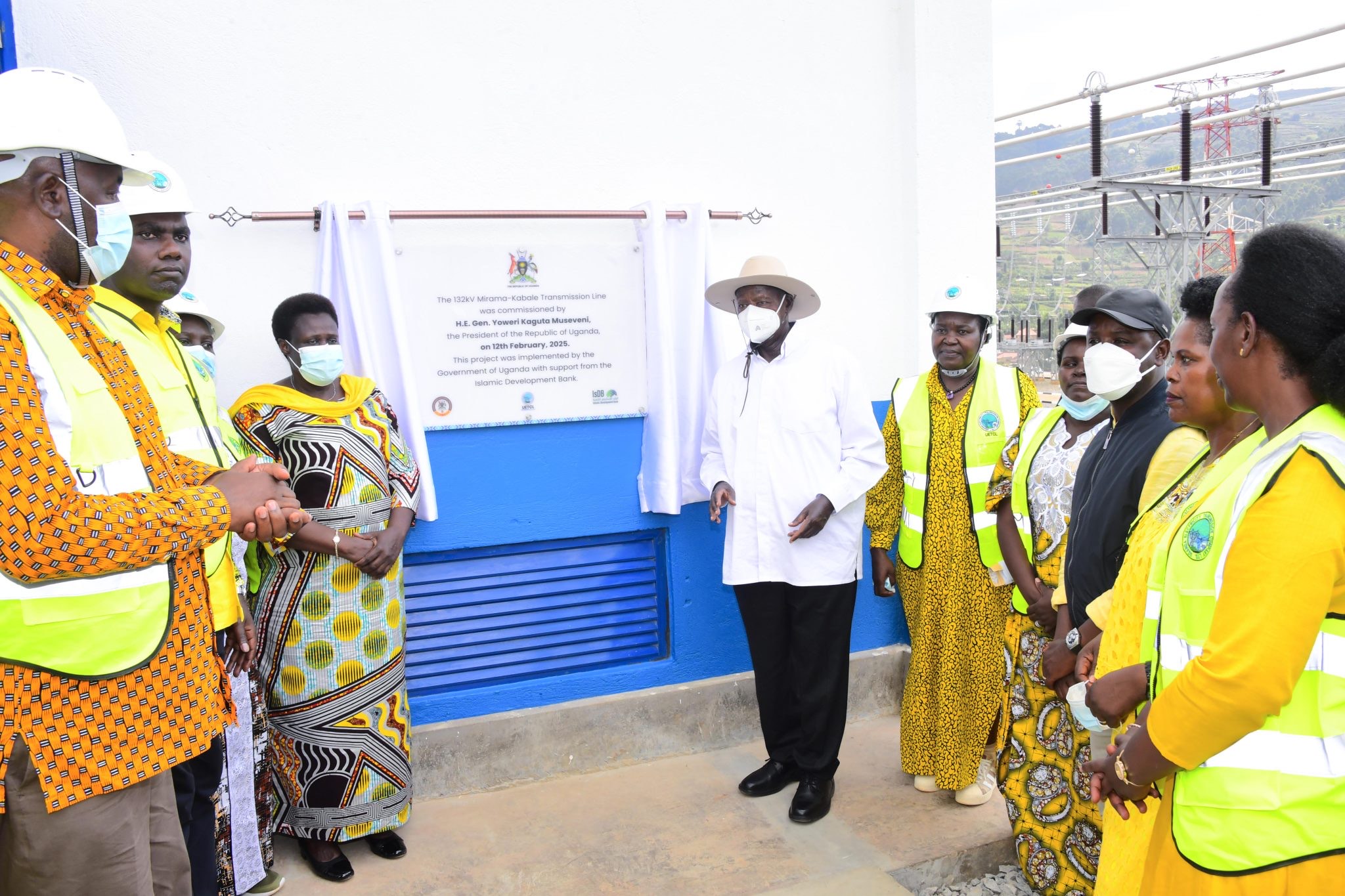Uganda’s push for industrialization took a major leap forward as President Yoweri Museveni officially commissioned the Mirama-Kabale high-voltage power line and its Hamuko substation in Rubanda District.
This milestone promises to stabilize power supply across the Kigezi sub-region, paving the way for industrial growth, job creation, and improved livelihoods. The long-awaited project marks a significant step toward addressing the region’s persistent electricity challenges and driving economic development.
The $83.75 million project, financed by the Islamic Development Bank, will serve several districts, including Ntungamo, Rukiga, Kabale, and Rubanda. These are areas that have long struggled with power outages and instability. The line was officially switched on December 21, 2024, offering much-needed relief to businesses and households alike. Residents and local leaders believe this development will open opportunities for industrialization and enhanced service delivery.
Speaking at the commissioning ceremony, President Museveni underscored the project’s transformative potential. “This high-voltage substation is a game-changer,” he said. “It will boost industrialization, create jobs, and drive development in this region. Reliable electricity is a cornerstone of economic progress and this project brings us one step closer to realizing that vision.”
Beyond improving power supply, the project aligns with the government’s broader strategy of enhancing infrastructure and promoting rural electrification.

President Museveni also emphasized the importance of environmental conservation, reminding the community of wetlands’ critical role in hydroelectric power generation.
“As we celebrate this electricity, people must remember their role in conserving wetlands because the water used to generate power at Jinja comes from these wetlands through rivers like Kagera,” he noted.
For the people of Kigezi, the launch of the Mirama-Kabale power line is a long-awaited solution to years of unreliable electricity. Stephen Kasyaba, Rubanda District LCV Chairperson, expressed optimism about the region’s future and called on residents to leverage the new power supply for industrial development.
“This power station opens up opportunities for both small and large industries. It will spur development and improve livelihoods in our region,” Kasyaba said.
The project’s success is the result of a collaborative effort involving multiple stakeholders. Key partners include the Government of Uganda, the Islamic Development Bank, Colenco Consulting Ltd. (Nigeria), CCC-GTSCC Consortium (Nigeria), and Ceylex Engineering PVT Ltd. (Sri Lanka).


The Ministry of Energy and Mineral Development also confirmed that 2,467 out of 2,529 project-affected persons (PAPs) had been compensated, ensuring the project’s smooth implementation.
As Uganda continues to expand its energy infrastructure, the Mirama-Kabale project stands as a beacon of progress and a catalyst for long-term economic growth. By strengthening energy security and supporting local businesses, the project sets the stage for a brighter future in the Kigezi sub-region — one powered by innovation, industrialization, and opportunity.


